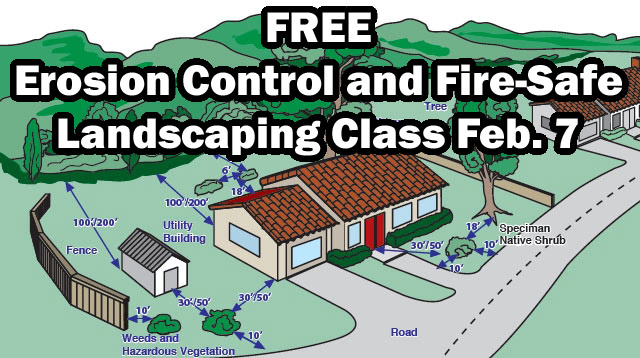The California Department of Social Services (CDSS) today announced that individuals and families impacted by the wildfires and/or mudslides in Santa Barbara or Ventura Counties may be eligible to receive one month of Disaster CalFresh food assistance.
A family of four with available monthly income and resources up to $2,755 per month may be eligible to receive up to $640 in food assistance through California’s Disaster CalFresh program. Households must apply for this assistance between Tuesday, February 6 and Friday February 9, 2018, and Monday, February 12 to Wednesday, February 14, 2018. In most cases, Disaster CalFresh food assistance benefits will be available within three days of the date of application.
“Disaster CalFresh food assistance is intended to help those negatively impacted by the wildfires and mudslides,” said CDSS Director Will Lightbourne. “We stand with these hard-working communities as they continue to recover. Giving families the ability to meet the basic need of food is a big step in that effort.”
The United States Department of Agriculture approved California’s request for Disaster CalFresh food assistance in response to the wildfires and mudslides in Santa Barbara and Ventura Counties. The program is known nationally as the Disaster Supplemental Nutrition Assistance Program or D-SNAP.
Wildfire and/or mudslide victims may apply for CalFresh disaster food assistance in-person at local social service agency offices throughout Santa Barbara and Ventura. Households unable to apply in person may designate an authorized representative to apply on their behalf and should contact their local social services agency directly for more information on this option (telephone information below).
Disaster CalFresh benefits will be provided via an Electronic Benefits Transfer (EBT) card, which is like a debit card that can be used to purchase food items at grocery stores and other authorized retailers.
Individuals and families who lived or worked in Santa Barbara or Ventura may be eligible for Disaster CalFresh food assistance if the household experienced at least one of the following as a direct result of the wildfires and/or mudslides:
Damage to or destruction of the home or self-employment business;
Loss or inaccessibility of income, including a reduction or termination of earned income or a significant delay in receiving income due to disaster related problems; or
Disaster-related expenses (e.g. home or business repairs, temporary shelter, evacuation, etc.) that are not expected to be reimbursed during the disaster benefit period, or
Food Loss due to the wildfire and/or mudslide
Households already participating in CalFresh are not eligible to receive Disaster CalFresh food assistance, but may be eligible to receive supplemental benefits based on their household size. Households already participating in CalFresh may contact their local social service agency to request supplemental benefits by phone or in person. Some households already participating in CalFresh may also automatically receive supplemental benefits based on the direct impact, such as mandatory evacuations, of the wildfires or mudslides in their community.
Individuals and families affected by the wildfires and/or mudslides who are seeking food assistance may apply for Disaster CalFresh until February 14, 2018 by visiting a social service agency in Santa Barbara or Ventura and can find additional application sites and more information online at http://www.cdss.ca.gov/Disaster-Help-Center.
In addition, individuals or families with new needs for assistance due to the wildfires and/or mudslides may always apply for regular CalFresh benefits and CalWORKs cash aid at their local social service agency or online at www.benefitscal.com.
Ventura Community Service Center
4651 Telephone Rd, Ventura
- 8:00AM to 5:00PM Monday through Friday
- Open until 7:00 PM on Wednesday 2-7-18
- Open until 7:00 PM on Thursday 2-8-18
